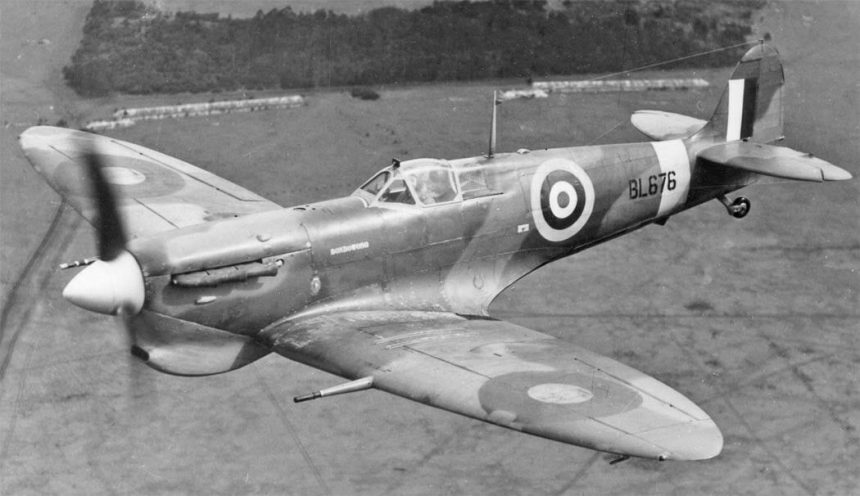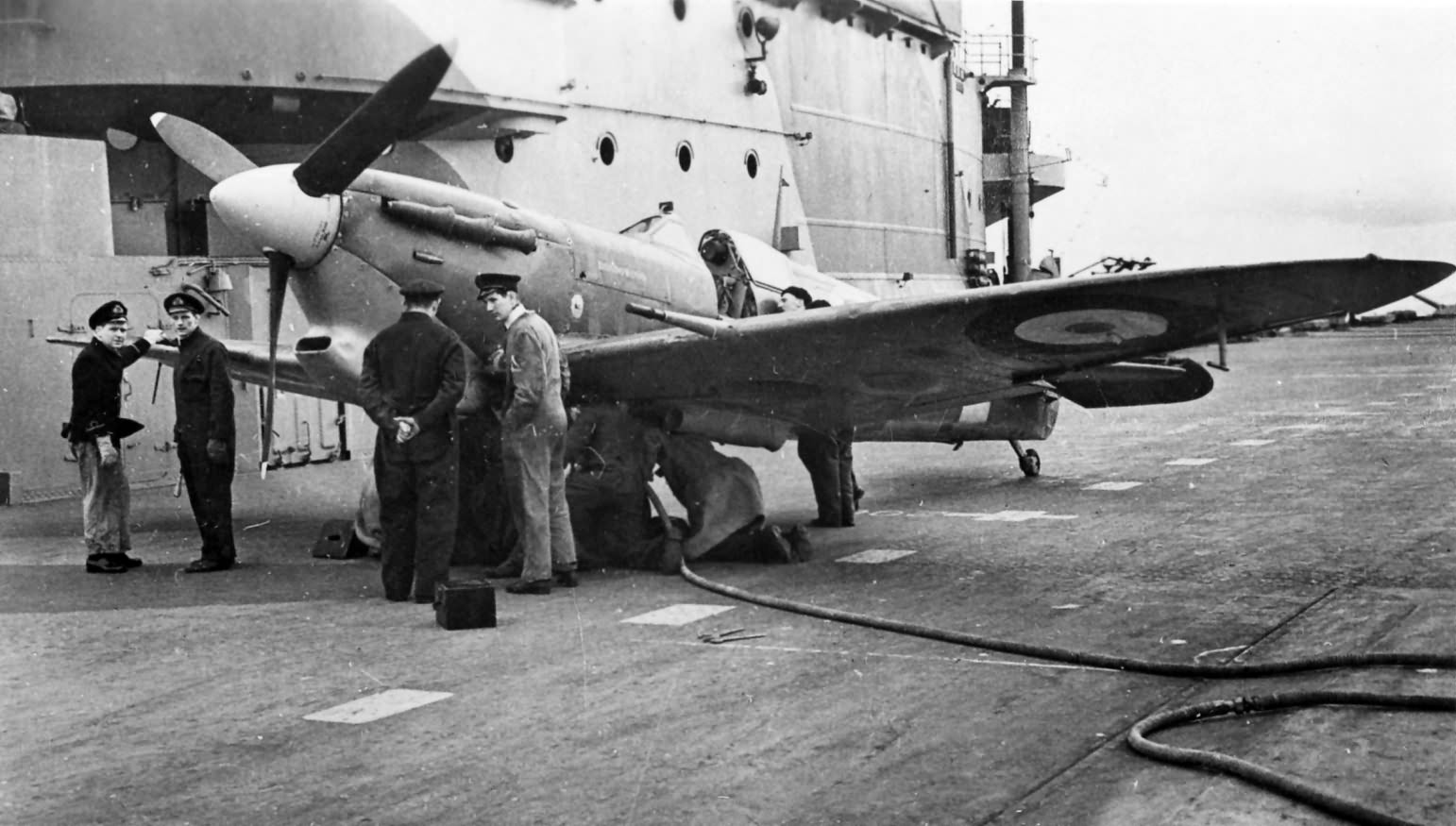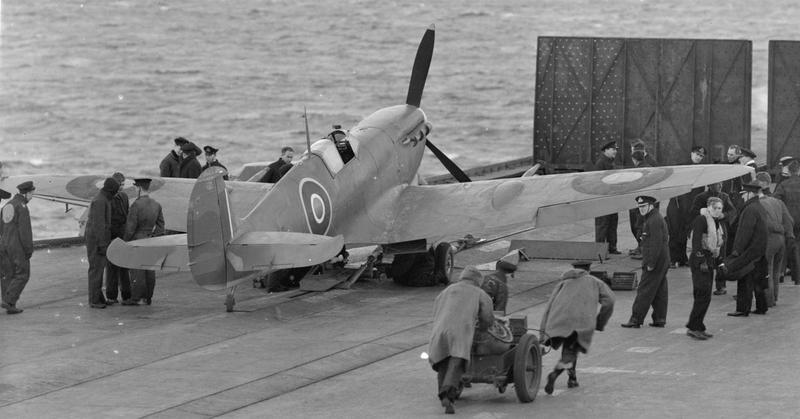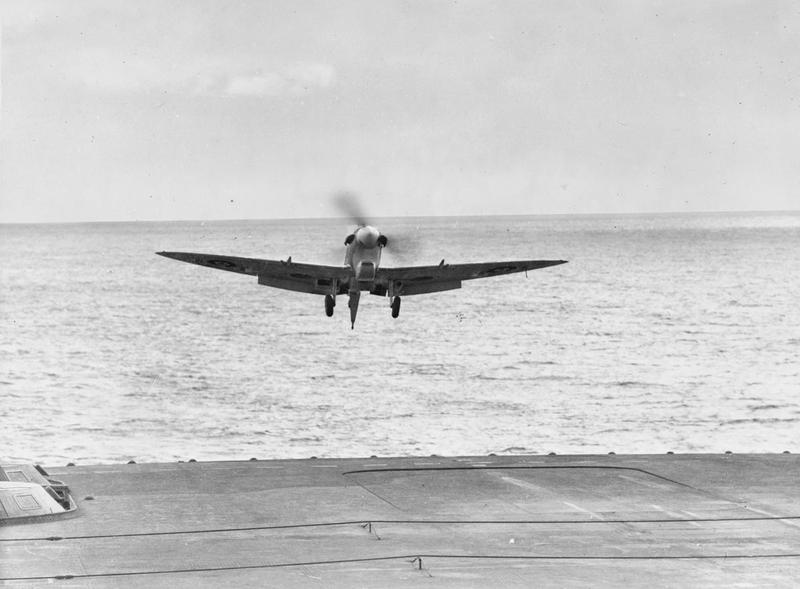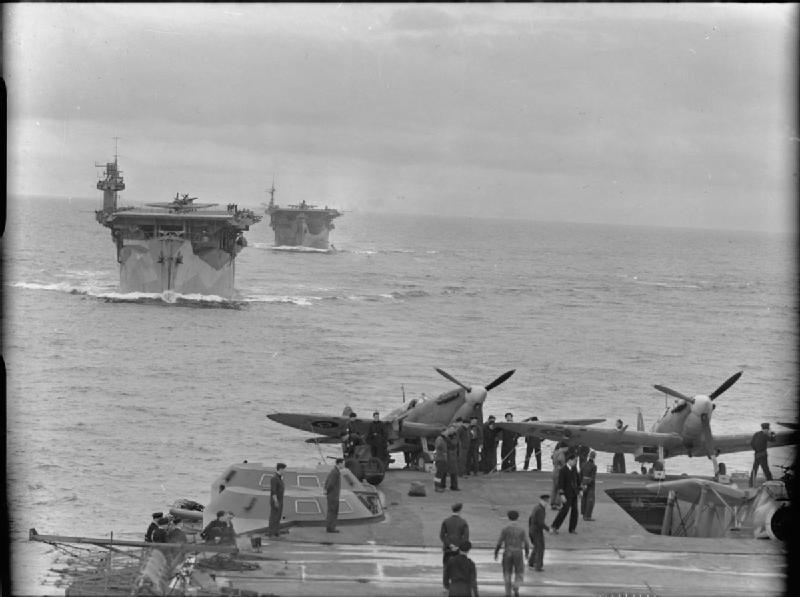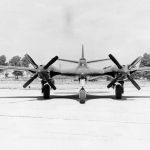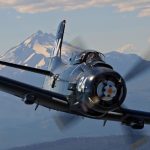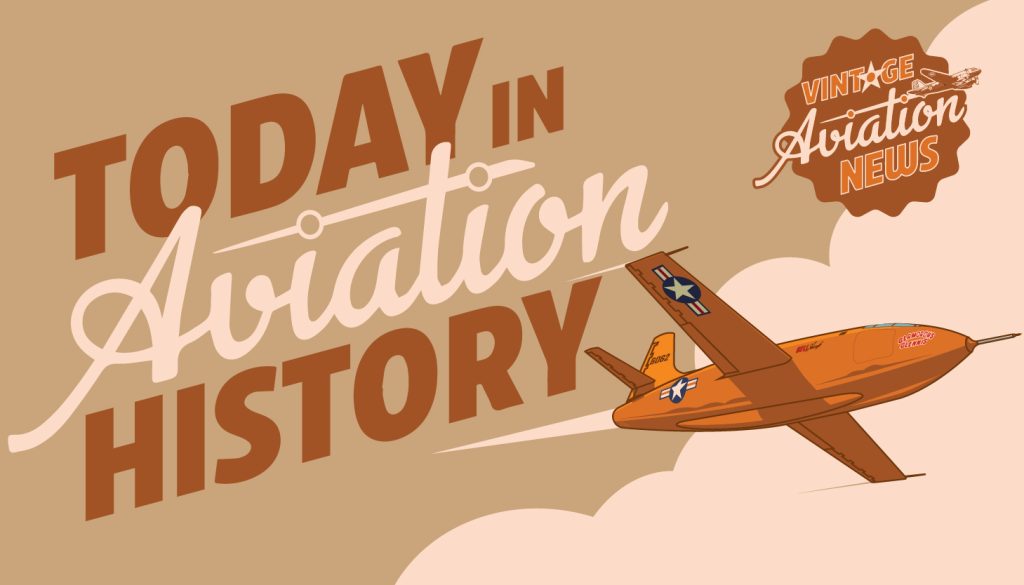
As early as 1938, the British Admiralty expressed interest in a version of the new Spitfire fighter that was beginning to enter service with the Royal Air Force (RAF). However, there was concern that Supermarine would be unable to build enough Spitfires for both the Royal Air Force and the Fleet Air Arm, and so the former took priority over the latter. When World War II broke out in 1939, it was assumed that with Britain having the largest carrier fleet in Europe and Germany possessing no aircraft carriers in operational service with its Kriegsmarine, the FAA fighters could focus more on observation. In practice, however, the FAA’s fighters were outmatched by land-based fighters such as the Messerschmitt Bf 109, and it was clear that new fighters for the Royal Navy’s carriers were urgently required. With the Hawker Hurricane being adapted for service as the Sea Hurricane, it was only natural that the Spitfire would then go to sea.
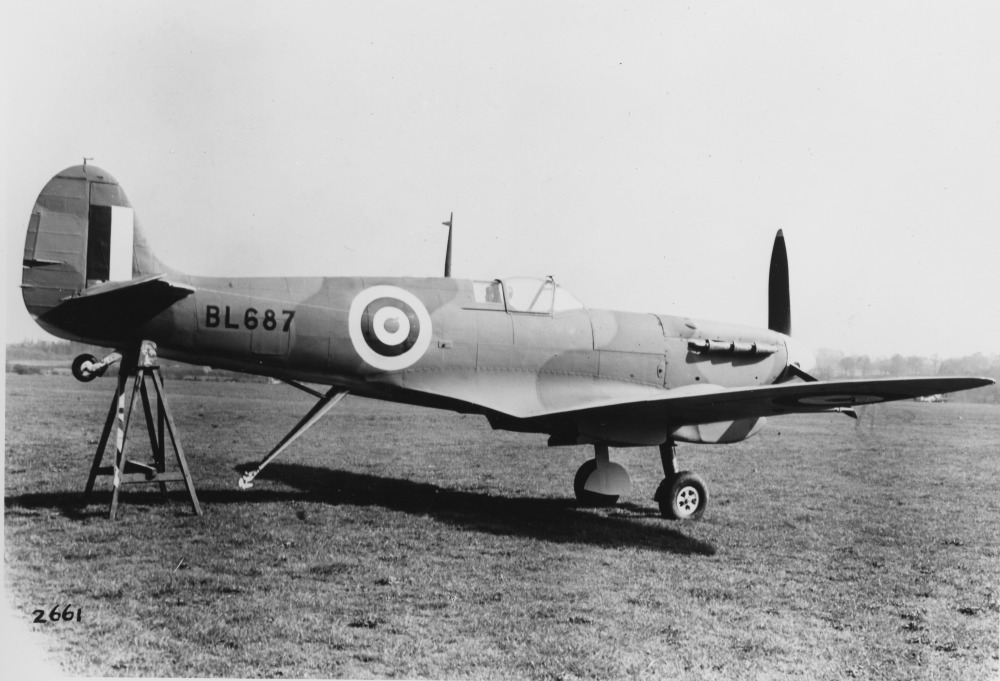
Building a navalized version of the Spitfire was challenging not only from an engineering standpoint, but from a political one, too. Though plans for a Spitfire fitted with an arrester hook and folding wings were made in 1939, and the Admiralty expressed interest in procuring 50 aircraft in February 1940, First Lord of the Admiralty Winston Churchill, soon to be Prime Minister, cancelled the order in favor of prioritizing the Spitfire for the RAF, and preferring to focus production on the Fairey Fulmar for the Royal Navy, though combat experience would show this two-seat design to be too large and not maneuverable enough to match the German Messerschmitt single seat fighters, and the need for a replacement was evident. Though Fairey was already building a replacement in the form of the Firefly, and the American Grumman F4F Wildcat was being ordered as the Grumman Martlet, the end of the Battle of Britain would finally see the Spitfire be officially selected for carrier operations.
By 1941, the idea of the navalized Spitfire (or the “hooked Spitfire”) came about again, with 48 Spitfire Mk.Vbs selected for conversion by Air Training Service Ltd. at Hamble, Hampshire, to become the first Seafire Mk.IBs. On January 7, 1942, the first Seafire, serial number BL676, made the type’s first flight. The Seafire Mk.Ib was used in large part to familiarize British carrier deck crews with handling the aircraft. Though the Seafire came equipped with an “A frame” arrester hook and strengthened lower longerons, flight testing revealed that the fuselage was still too weak for operational carrier service, resulting in reinforcing strips being riveted around hatch openings and along the main fuselage longerons. besides the initial 48 conversions, an additional 118 Spitfire Mk.Vbs were converted into Seafire Mk.Ibs.
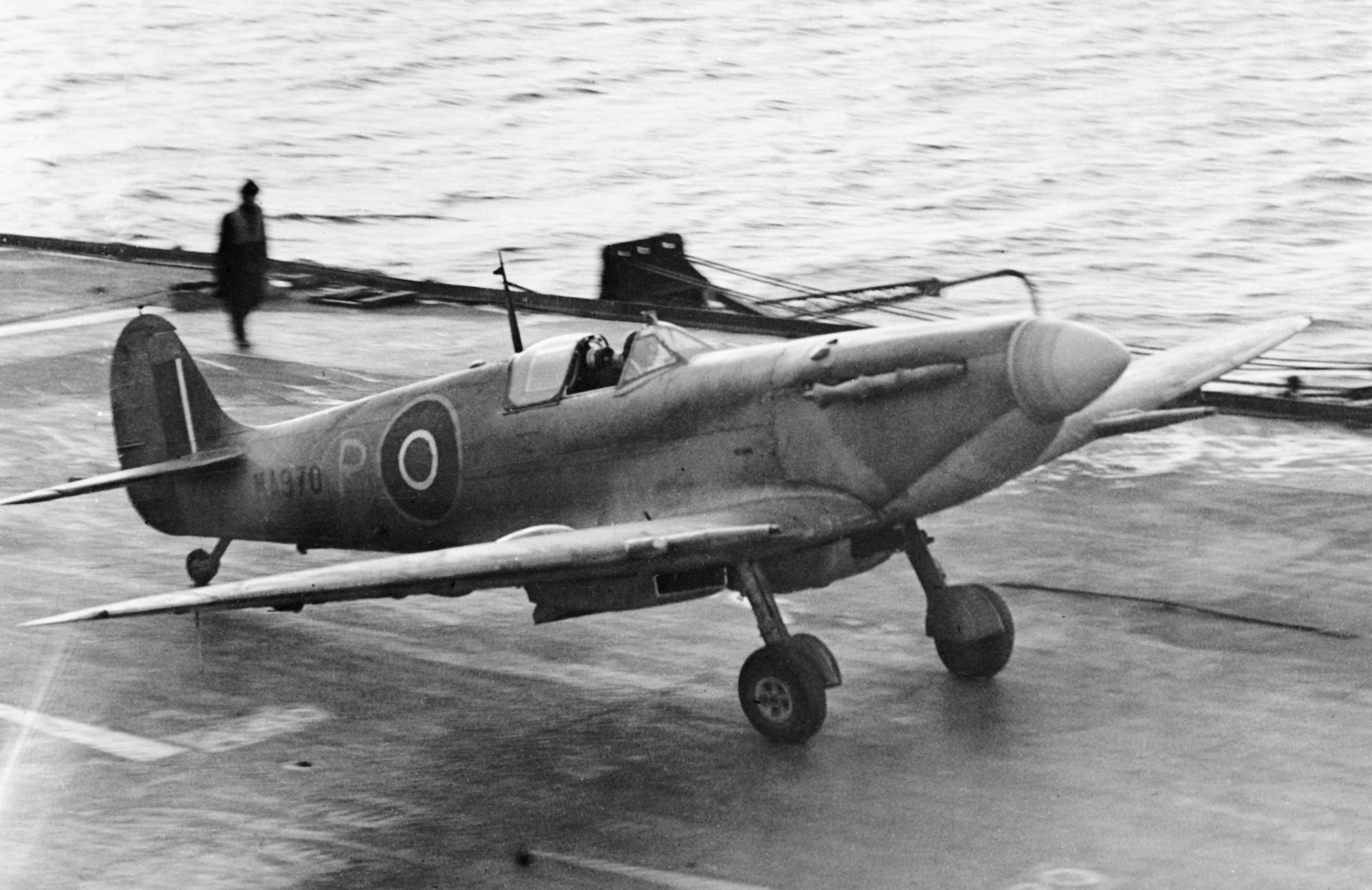
The Seafire Mk.IIC was based off the Spitfire Mk.Vc, and was also the first Seafire to see widespread operational service, being used as both pure fighters and armed photo-reconnaissance aircraft. However, while the IB and IIC models came with tailhooks, the Mk.IIc could be fitted with rocket assisted take-off gear (RATOG) to help catapult launches, though in practice, this was rarely used. Some later IIcs were also fitted with four bladed propellers to replace the original three-bladed ones. However, many of these earlier aircraft lacked folded wings to allow them to be carried on the aircraft elevators of the some of the smaller carriers in the fleet, and the Seafire inherited the Spitfire’s narrow landing gear track and long nose, resulting in long and wide approaches for carrier landings at sea. These lessons would lead to the Seafire Mk.III, which incorporated upwards folding wings for stowage onboard carrier elevators and hangar decks. Due to the lower ceilings of the British carrier hangar decks, the wingtips would also fold down.
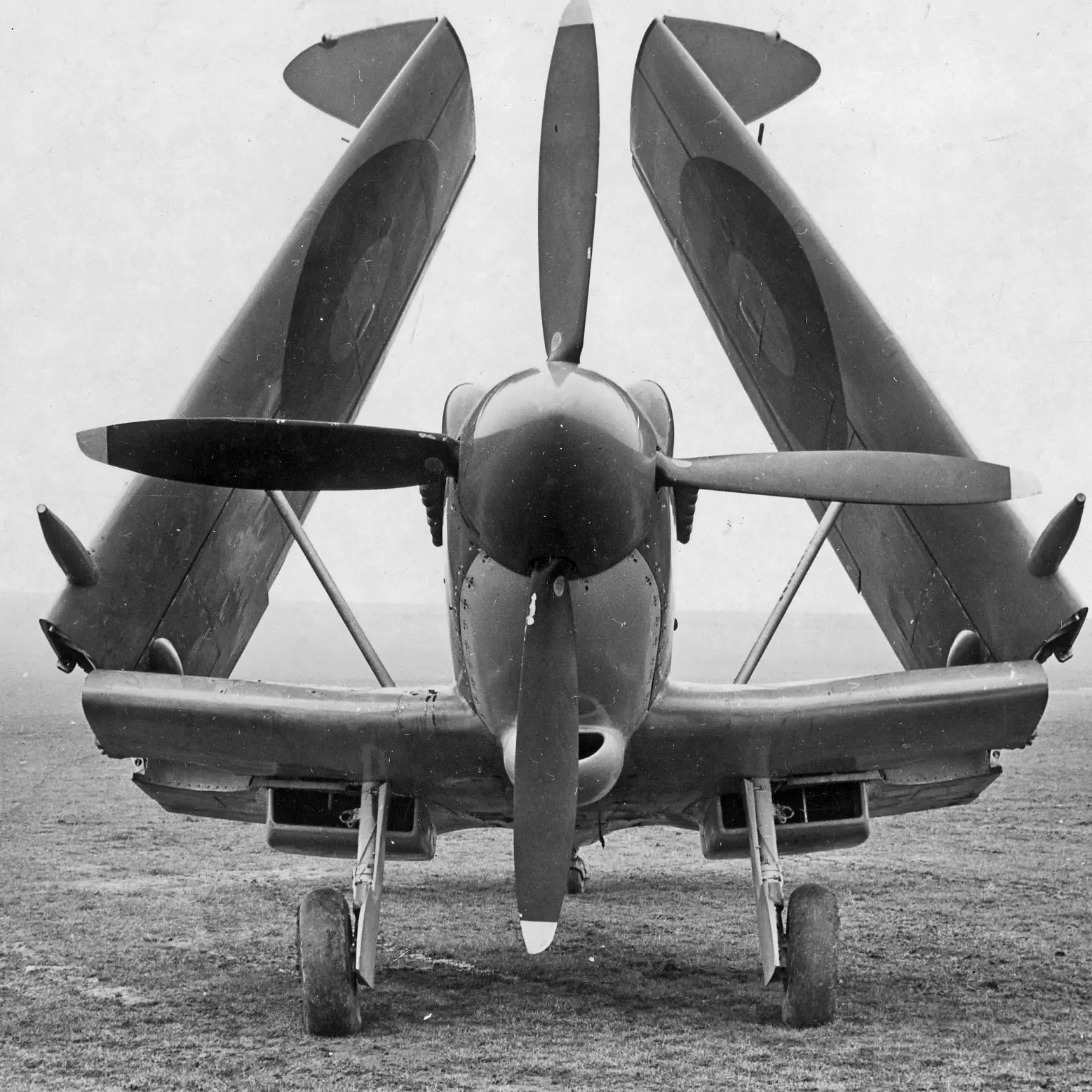
November 1942 would see the Seafire’s combat debut during Operation Torch, the amphibious landings in Vichy French Morocco and Algeria, where Seafires flew air cover, often in hastily applied US markings for identification purposes. Seafires saw further service in the Mediterranean during the invasions of Sicily and Italy, providing air cover alongside British and American Spitfires from Messina to Anzio. The Seafire also saw use escorting attacks by Fairey Barracudas and other Fleet Air Arm attackers against the German battleship Tirpitz in Norway, spotted targets for naval bombardment during the Normandy landings, and providing air cover for Operation Dragoon, the invasion of southern France. However, the Seafires would also see combat with the Royal Navy against the Japanese as well, flying Combat Air Patrols (CAPs) and sharing the decks of carriers such as HMS Formidable, HMS Indomitable, HMS Victorious, HMS Illustrious and HMS Indefatigable with American-built Corsairs and Hellcats. They performed in operations ranging from Burma and the Philippines to the Japanese Home Islands themselves.
By the end of WWII, the Rolls-Royce Griffon engine was being introduced into operational service and would come to replace the venerable Merlin in the RAF’s Spitfires. The Seafire would also receive the Griffon, with the first Griffon-powered Seafire variant being the Mk.XV, which was soon followed by the Mk.XVII. The end of WWII also saw the British designation system go from Roman numerals to Arabic numerals and thus came the Seafire F.45 and F.46, which featured additional improvments, such as the F.46’s bubble-top canopy. The ultimate iteration of the Seafire was the Seafire F.47, which was fitted with two sets of contra-rotating propellers, producing up to 2,350 hp, and was also flown as both a fighter and an armed reconnaissance aircraft.
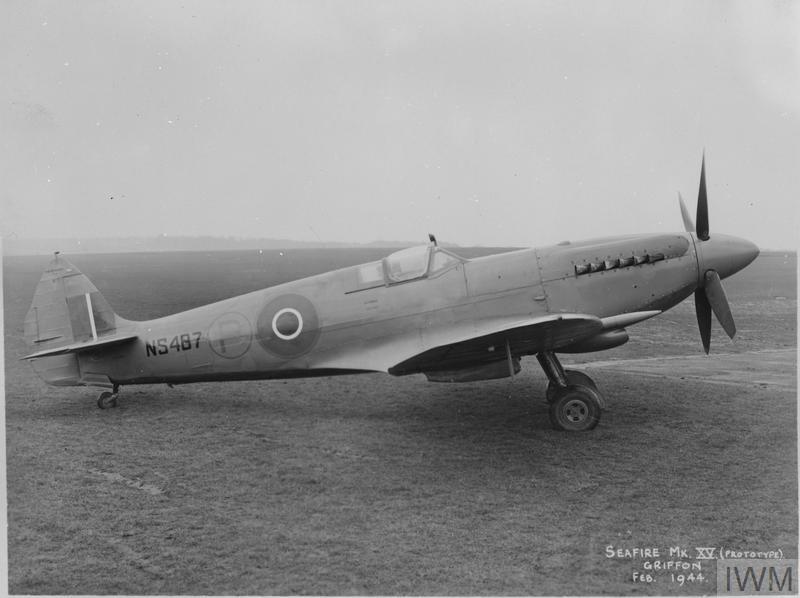
Following the war, the Merlin-powered Mk.III Seafires were soon replaced by their Griffon-powered cousins. However, even with the advent of carrier-borne jet aircraft such as the Supermarine Attacker, the Seafires were in competition with other piston-engine naval fighters such as the latter variants of the Fairey Firefly and the Hawker Sea Fury. When the Korean War broke out, Seafire F.47s of 800 Naval Air Squadron were flown off the carrier HMS Triumph on combat air patrols over Korea, including providing air cover during the Inchon landings until the Triumph was withdrawn and revived by the HMS Theseus, whose air wing was comprised of 827 Naval Air Squadron’s Sea Furies. Soon after returning from Korea, the last Seafires were retired from the Royal Navy, but others continued their service outside Britain.
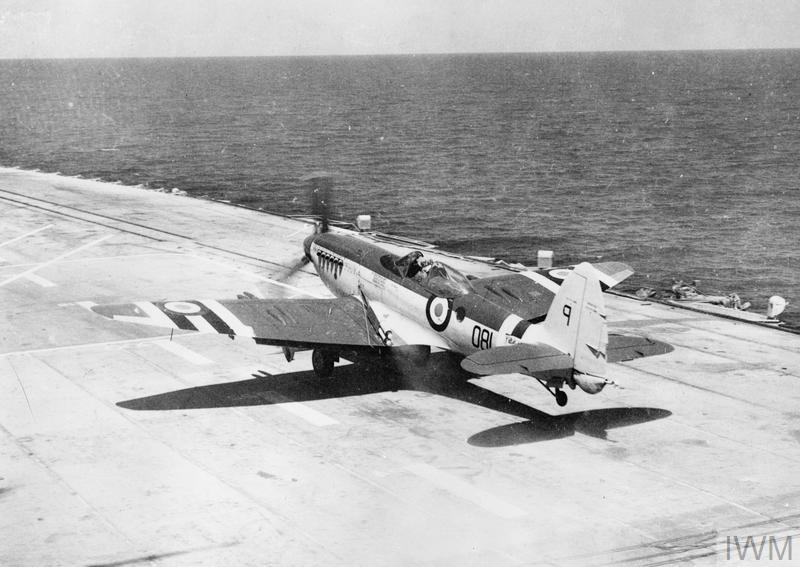
Besides the Royal Navy’s Fleet Air Arm, Seafires were also flown by the Royal Canadian Navy, the French Navy’s Aéronavale, and the Irish Air Corps. The Canadian Seafire Mk.XVs were flown from HMCS Warrior and then HMCS Magnificent, but like the FAA, the RCN’s Seafires were soon replaced by Hawker Sea Furies by 1948. The French Navy flew their Seafire Mk.IIIs from the carrier Arromanches (formerly HMS Colossus) and would see combat over Indochina against Viet Minh forces from 1948 to 1949 while flying from both the Arromanches and ground bases. After the carrier was returned to France, the Mk.IIIs were briefly replaced by Seafire Mk.XVs but these too were soon replaced by Grumman F6F Hellcats that arrived in 1950 before the Arromanches when on another deployment to Indochina. Lastly, although Ireland had no carriers or naval air stations, the Irish Air Corps bought surplus Seafire Mk.IIIs to replace their Hawker Hurricanes purchased during World War II (or The Emergency as it is known in Ireland). The arrival of the Seafires was later followed by the purchased of surplus two-seat trainer Spitfires for Irish pilots to familiarize themselves before flying the Seafires, which were stripped of their tailhooks but kept the folding wings. The last of these were retired in 1954, thus ending the military career of the Supermarine Seafire.
Today, there are several surviving examples of the Seafire preserved around the world, with two examples in airworthy condition in the United Kingdom and the United States, including an FR.47 that is maintained by the Stonehenge Air Museum in Fortine, Montana, while other examples can be found preserved in Australia, Canada, and Myanmar.
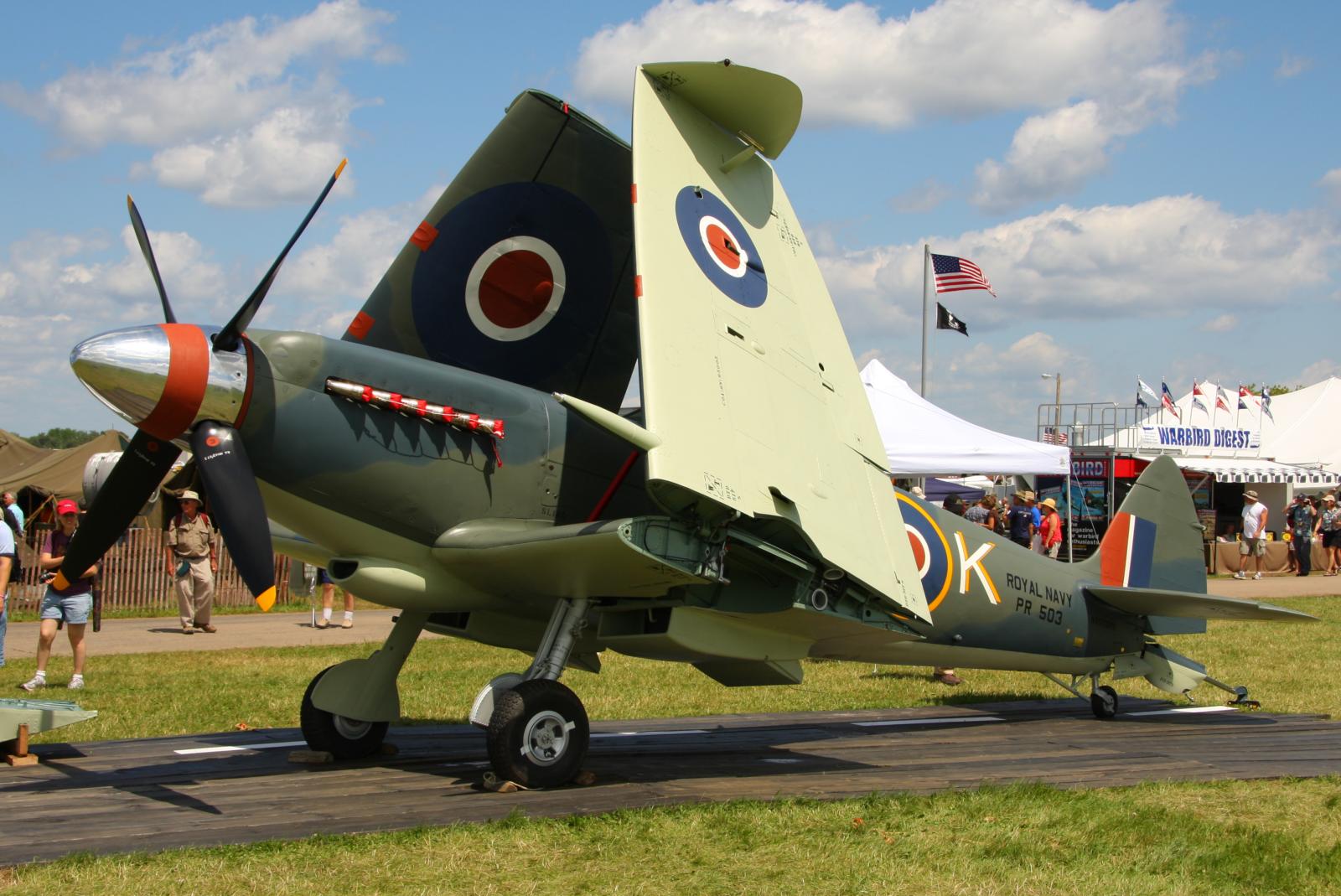
While the Seafire may not be idolized in the same manner that the Spitfire from which it is derived has been both during and after WWII, the story of the Seafire remains an important link in the story of the Royal Navy’s Fleet Air Arm as an aircraft that helped keep the British carrier fleet a force to be reckoned with, and witnessed at the end of its service the transition from piston engine carrier fighters to the rise of the carrier-borne jet fighter.
Today in Aviation History is a series highlighting the achievements, innovations, and milestones that have shaped the skies. All the previous anniversaries are available HERE







